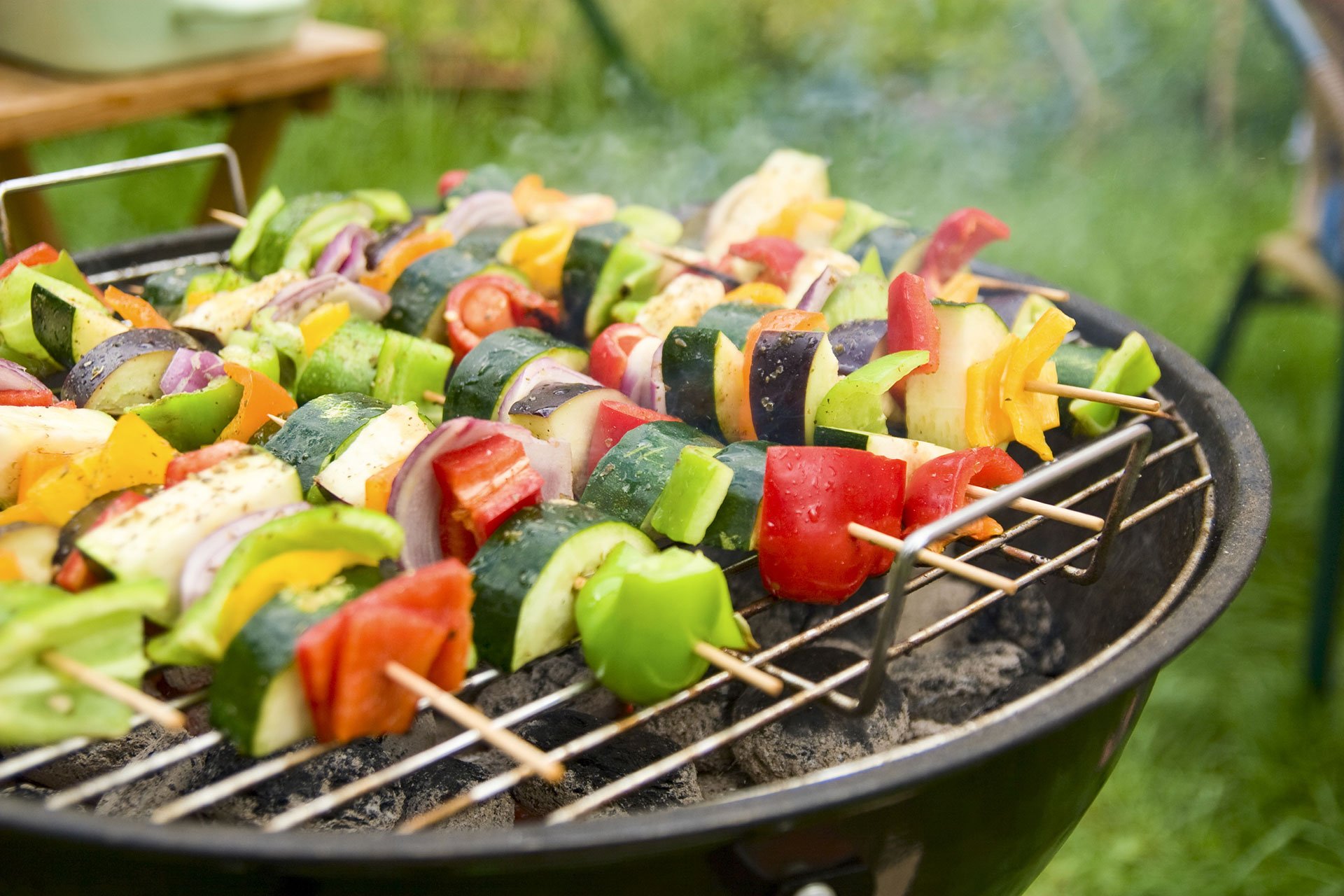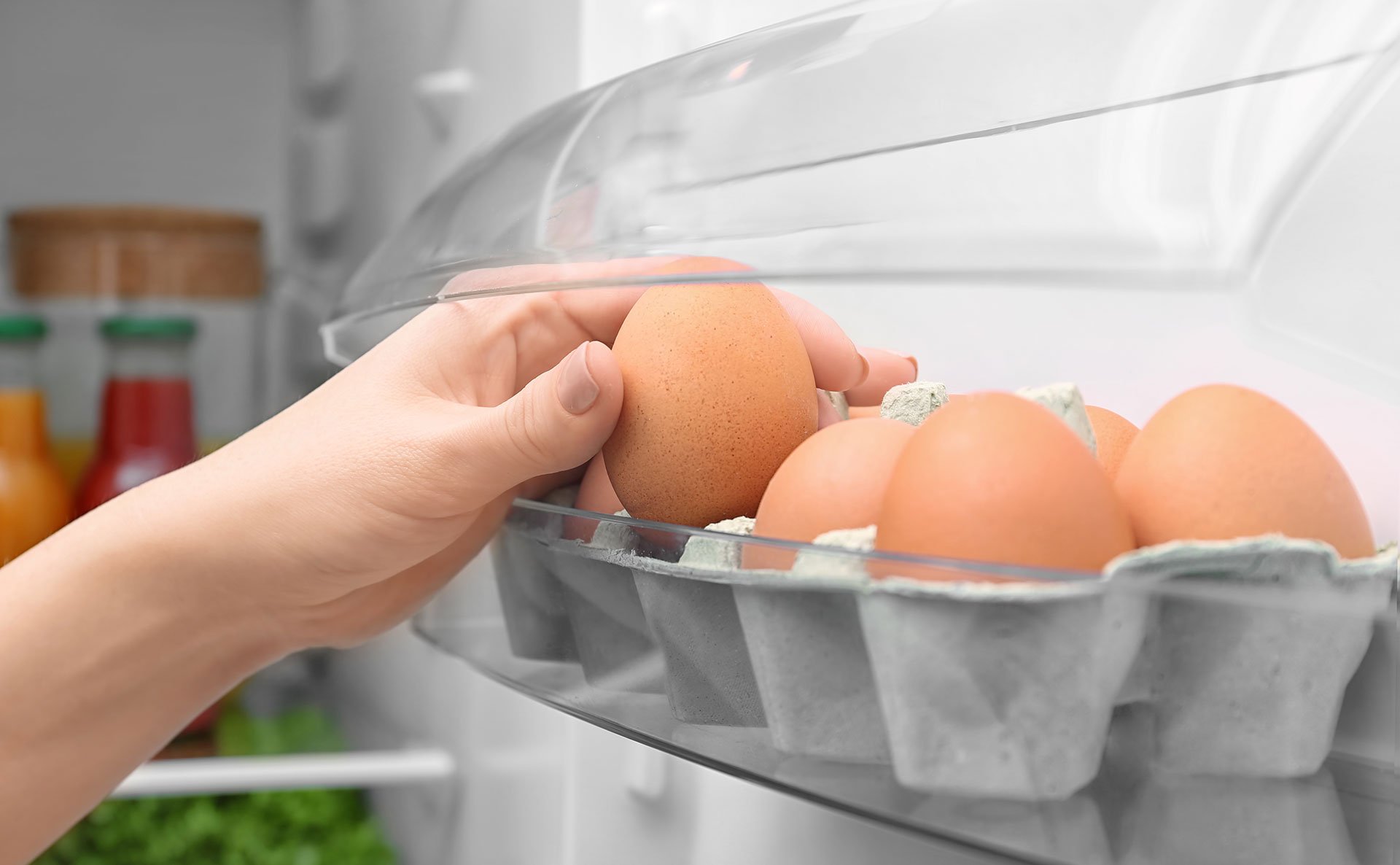How to Use Up Leftovers From a Summer Barbecue or Cookout
Break out the outdoor furniture and fire up the grill — finally, barbecue season has arrived. But feeding a crowd while keeping food waste to a minimum is sometimes easier said than done. Luckily, there are things you can do to make your cookout more sustainable: Find ways to reduce packaging and other plastics, consider a plant-based menu and make a plan to shop strategically and make the most of your leftovers.
Remember, you can freeze almost anything — but even things that are better eaten fresh can make for more interesting post-party meals than you might expect. We’ve rounded up ideas for how to repurpose unused cookout fixings, plus other tips for keeping things out of the trash.
How Much Food Should I Buy?
It might go without saying, but the first thing you can do to all but eliminate at-home food waste is shop strategically. A rough headcount is helpful to know how many you’re feeding — if you don’t want to require firm RSVPs, you can always check in with people a few days before or ask them to give you a heads up if they have friends tagging along.
One of the easiest ways to make a meal more sustainable is to use less meat (and better meat). You can go full plant-based and switch to veggie burgers, or use the same amount of money to buy a smaller quantity of grassfed beef or pasture-raised chicken from your local farmers’ market (which will mean fewer leftovers, too). To round things out, go heavy on everyone’s favorite sides. There are some commonly cited rules of thumb for how much to budget for every guest: For sides, a frequent recommendation is to have at least a half-cup to full cup of each per person, depending on how many different dishes you’re making and how hefty each one is. For example, consider creamy pasta salad vs. tossed greens.
Plenty of blogs and recipe sites have per-person quantity guidelines like these, so you can always do a quick search for your main menu items to sketch out a rough estimate…then throw in a little extra in case anyone comes particularly hungry.
What Can I Do Day-Of?
While you’re doing your prep work, set aside any leaves, peels, stalks, eggshells and other organic odds and ends for the compost. If you’re removing any bones before you grill, save them for a stock — also a good destination for any onion skins, celery leaves, herb stems or carrot tops and peels.
If possible, try to make steaks, burgers, hot dogs and the like to order. You can also work in batches as the need arises and do the same for anything else you’re throwing on the grill, like buns or marinated vegetables. Leftover ingredients are generally more versatile if they’re raw or minimally messed-with, so no need to cook everything up top.
For whatever slips through the cracks — plus extra appetizers, sides and desserts — see if anyone wants to take something home. You can ask folks to bring reusable containers if they’d like, or send them home with one of yours. (They’ll do the same for you before too long.) Any unopened cans, jars, pasta and grains can go to a local food pantry if you don’t think you’ll use them; if you have a community fridge in your area, many also welcome unopened frozen products, whole fresh produce or packaged bread and buns.
What Can I Freeze?
Any raw meat or sausages will last at least a month in the freezer, with fresh cuts lasting up to a year when stored properly. Fresh eggs will generally freeze well, but cooked eggs won’t — and freezing has a tendency to change the texture of any raw dairy, like milk or chunks of cheese, or cause them to curdle. (The harder the cheese, the better it will do, and frozen grated cheese does the job when cooked or baked into something, like scones.) Butter is an exception and will keep for 6 to 12 months.
Produce loses a lot of water when frozen and defrosted, which means some vegetables fare better than others; it’s best to blanch first, or for the ones with the highest water content (like cabbage or celery), cook them fully before freezing. Frozen fruit is the stuff of smoothie dreams, and does the trick in sauces and baked goods, too. It’s best to use it within six months to avoid freezer burn, though it can last longer if packaged carefully. Again, the fruits with the most water — citrus, kiwis, melon — may not hold up as well.
Casseroles will generally freeze just fine. Mayonnaise-based salads may have textural issues as mayonnaise is an emulsion and freezing will cause the ingredients to separate. Carbs like bread, buns, tortillas and cooked rice and pasta will be good as new for several months.
How Do I Use Up the Leftovers?
Meat
- Cooked meat lasts three to four days in the fridge. Slice cooked steak or other whole cuts over a salad or layer into a sandwich or burrito.
- Bacon, pork or other salty, smoky bits can add depth to a pot of beans or greens.
- Sausages are right at home on pizza or pasta; hot dogs can go in mac and cheese, if that’s your thing, or you can dress them up as a main dish in their own right.
- Raw burger patties or ground meat can become bolognese, kofta, picadillo or filling for a lasagna or pot pie.
Read more about how to use up leftover meat.
Vegetables
- Already-grilled veggies make for a sublime sandwich. You can also toss them into salads or pasta, or even incorporate them into a charred vegetable ragu.
- Uneaten corn makes for easy fritters or esquites, and there are plenty of ways to use the cobs and husks, too.
- For those who prepped too many veggies for the burger station: Sliced onions are a great candidate for a quick pickle, or can melt into a fresh tomato sauce with any extra tomatoes. Whole lettuce leaves are the perfect vehicle for larb or base for a vegetarian wrap. Halved or sliced avocados (technically a fruit) can add creaminess to a smoothie or salad dressing.
- Leftover pickles and brine? You’re two steps away from a pickletini.
Read more about how to use up tomatoes, greens, avocados, mushrooms and herbs.
Fruits
- Watermelon won’t last long once you slice it open, but it’s great for a popsicle or granita, as are other melons like cantaloupe and honeydew. (And those leftover watermelon rinds make for an iconic pickle.)
- Stone fruits and berries can find their purpose in pies, cobblers or galettes.
- Pineapple works great for condiments like salsas and jams — and there’s always upside-down cake.
- Many fruits can also be pickled or candied, and if you’re entertaining again soon (or just feeling creative) consider paletas or a summer cocktail or mocktail. Sangria is an especially easy way to take advantage of any head-scratchers, including the remnants of fruit salad.
Read more about how to use up leftover berries, melons and bananas.
Salads and Sides
- Some prepared foods are even better the next day. But if you’re not nearly done with them and already bored, the internet is your friend.
- Use coleslaw anywhere you would shredded or pickled cabbage (especially on sandwiches) or try roasting it for a comforting, caramelized side dish.
- Turns out you can roast potato salad, too — if you’re not mashing it to use in croquettes or fritters.
- Craft your beans into a burger or refry them for tostadas or dip.
- Deviled eggs easily become an egg salad.
- If you’ve ever wanted to try making fried mac and cheese bites, leftover mac and cheese is the only excuse you need.
Read more about how to use up beans, pasta, cabbage, potatoes and eggs.
Odds and Ends
- Cover extra potato chips in chocolate, bake them into cookies or even use them as the crust for a salty-savory tart.
- Buns threatening to go stale? Make a luscious bread pudding.
- Be sure to check out our guides for using up beer, wine, cooking oil and even condiments. Anything can find a second wind if you get creative.
Get the latest food news, from FoodPrint.
By subscribing to communications from FoodPrint, you are agreeing to receive emails from us. We promise not to email you too often or sell your information.
Top photo by grinchh/Adobe Stock.
More Reading
Can scorecards push supermarkets to do better?
December 9, 2024
What to know about nonstick cookware
December 6, 2024
Resources to help you pickle, ferment, jam, can and more
October 16, 2024
Quinces are due for a renaissance
September 16, 2024
Six unusual greens to try
September 4, 2024
Can sushi be sustainable?
August 26, 2024
These 5 new cookbooks will help you master late-summer eating
July 29, 2024
Cooking oils and sustainability
July 26, 2024
Celebrate seasonal eating with our 5-night late-summer meal plan
July 22, 2024
Interested in foraging your food? Try a guided tour
May 29, 2024


